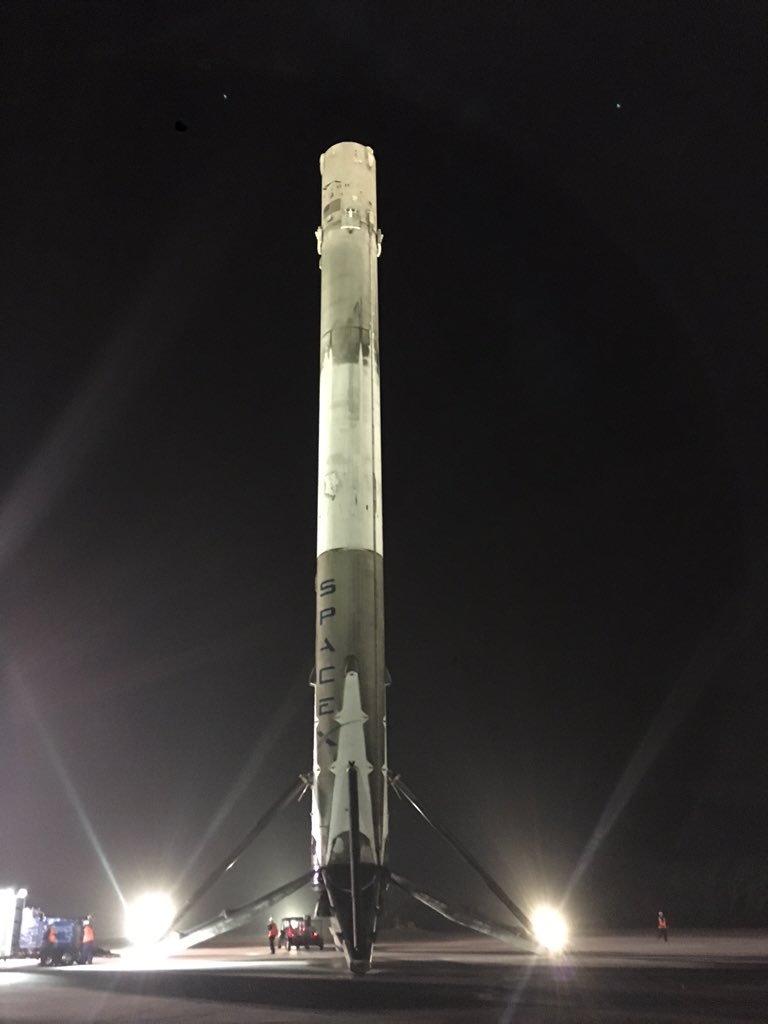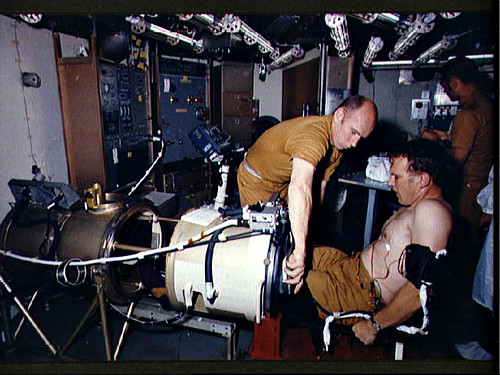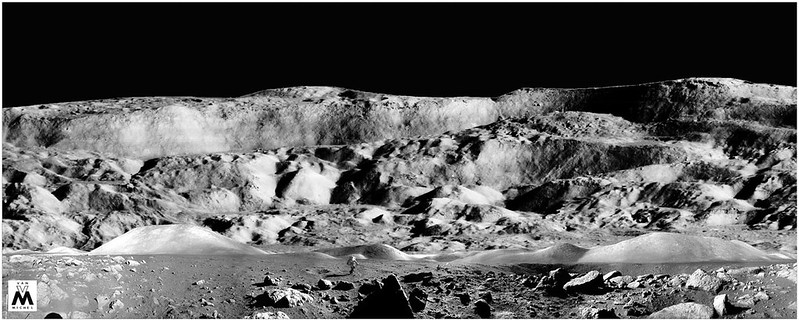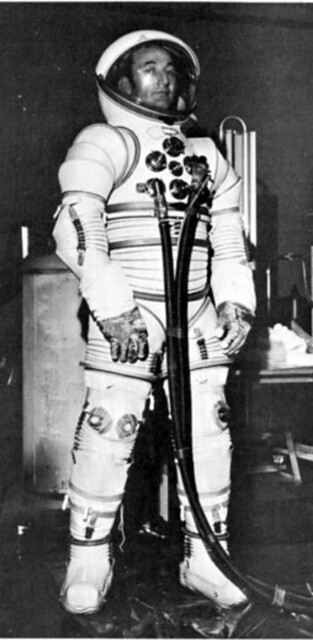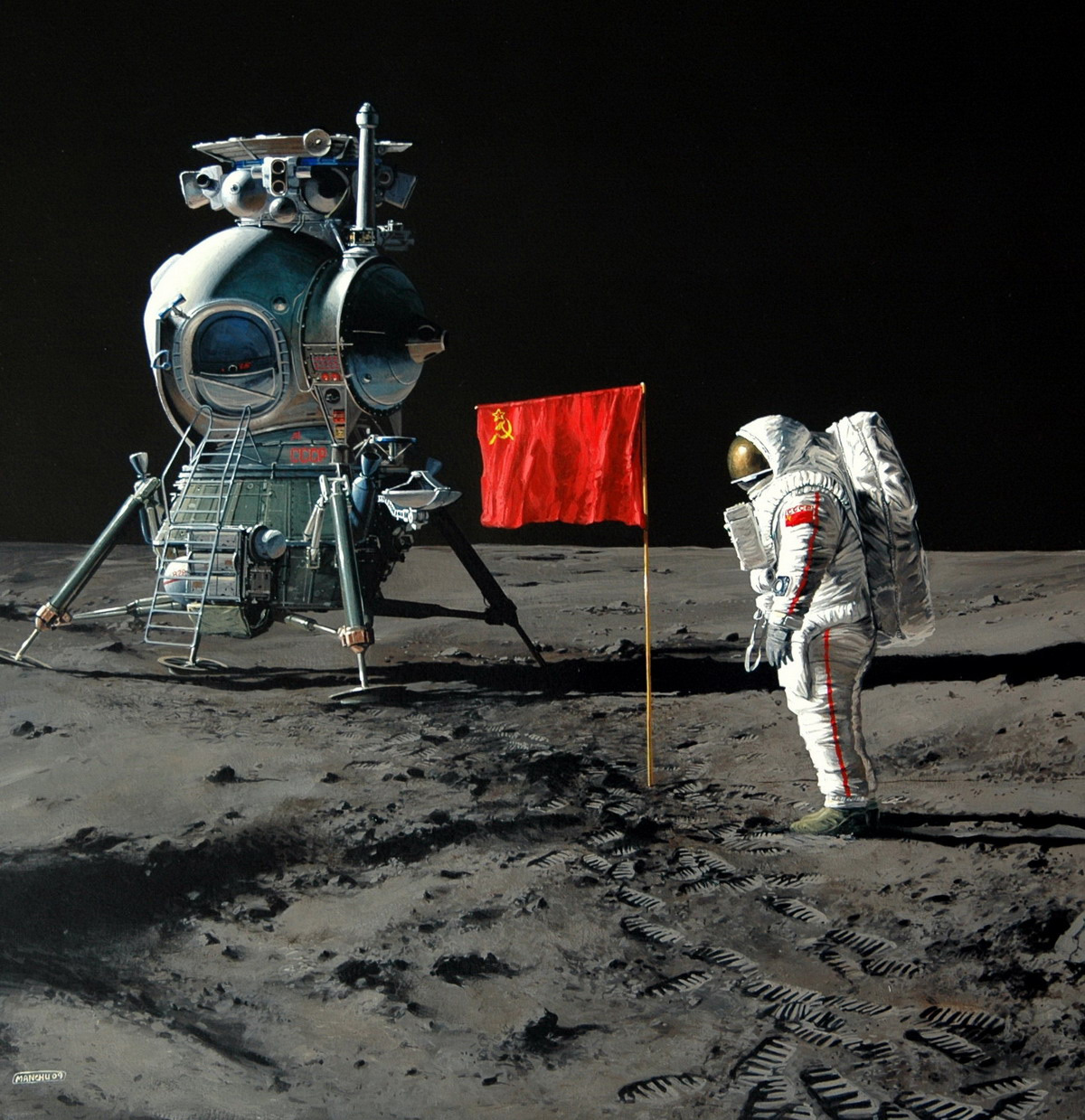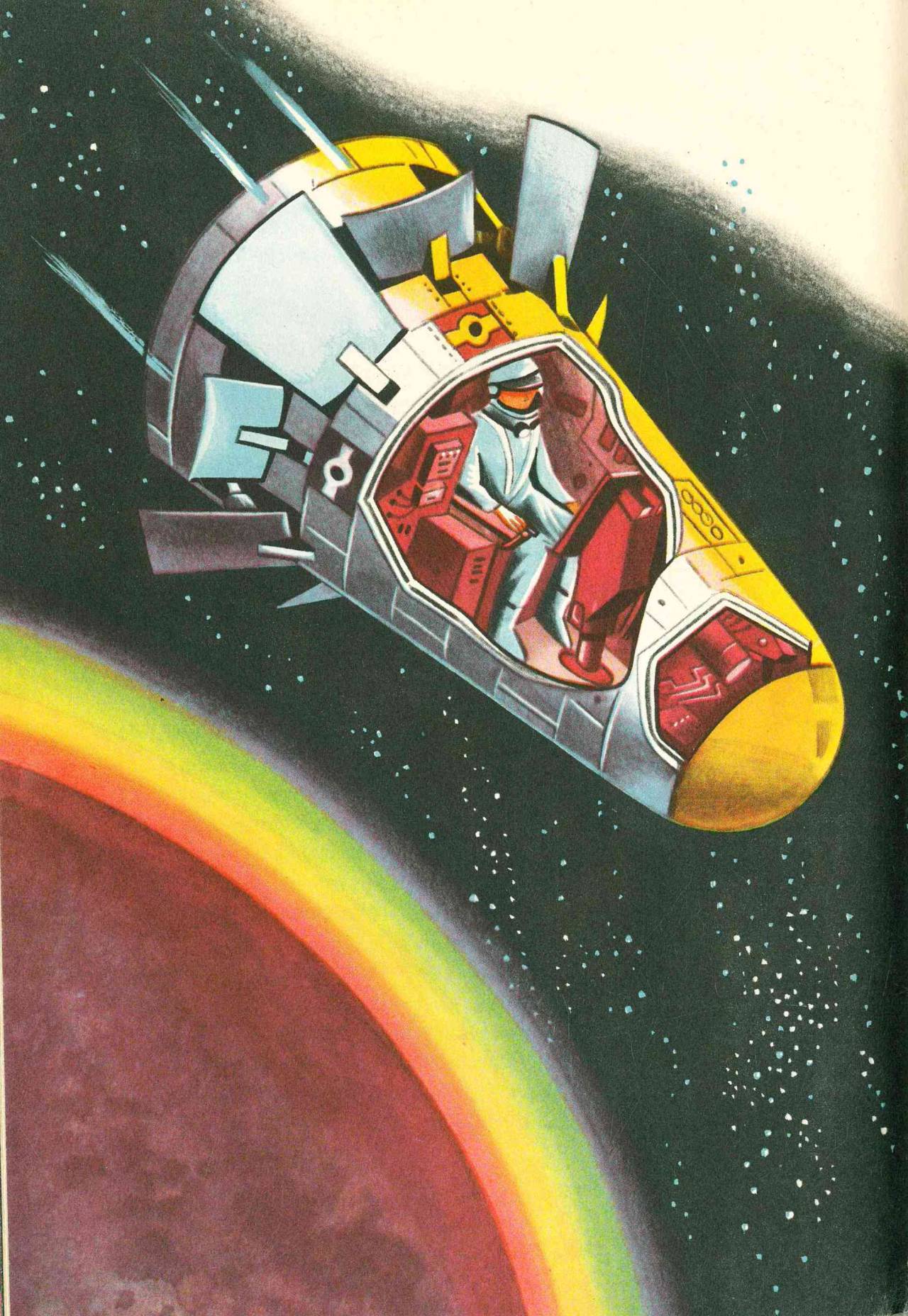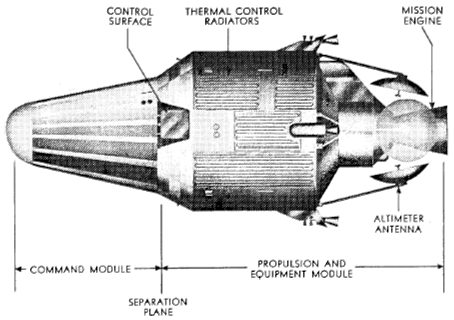POST 36: Intrigue and Failure
Intrigue and Failure
It’s a public secret in the USSR, that their Spaceflight program was dominated by intrigues of Shakespearian proportions [1]
Like how Valentin petrovich Gluchko and Vladimir Nikolayeich Chelomei refused to co-operate on the Nositjel rocket Family and the L3-complex.
Thankfully Mikhall Kuzmich Yangel, was a stabilizing factor in the mess, He managed to get others OKBs in the collaborative effort into Lunar program.
Not only did his OKB-586 build the successful R-16 ICBM but also the LK moon lander
The Military customers had following saying:
Sadly Mikhall Kuzmich Yangel died during his 60th Birthday on October 25 1971.
Since his death the cracks in loyalty towards MoM[2] now showed clearly.
On one side was Sergei Khrushchev OKB-1 and Kuznetsov OKB-276 with Vladimir Barmin of KBOM and Georgy Babakin of OKB-301.
Opposed was Valentin Gluchko of OKB-456 and Vladimir Chelomei of OKB-52.
Next to them was Vladimir Fedorovich Utkin, successor of Yangel at OKB-586 and their allies in the Military under Chairman Ustinov.
Gluchko's fame was falling, he lost the lucrative R-7 engines contract, do to it's replacement by the Nositjel rocket Family with Kuznetsov engines.
He built only main engines for OKB-586, RCS trusters and small engines for rockets and spacecrafts of OKB-1.
Next to that he had high R&D costs on rocket engines working with storable fuel combinations, one was the RD-270 a monster engine in the size of american F-1.
MoM showed interest in this engine, if it worked on Kerosine/Oxygen, but Gluchko stubbornly refused demanding that Luna Block A had to be change to UMDH/NTO propellant !
And for Chelomei it was worst, his UR-500 rocket was canceled in favor of the N2 Proton in the beginning of the 1960s
His ICBM proposals were victim of the VSALT[3] agreement under Nikita Khrushchev.
Since then his OKB-52 made only hardware, satellite and guidance systems for other OKB’s, while his proposals were ignored by MoM and the Military.
That was not a surprise because of his arrogant ways, behavior with officials and talking shit about his colleagues.
Also his demands were bold, instead of trying to cooperate with OKB-1 to launch his hardware, Chelomei demand from MoM or Military the complete package: the spacecraft on a new rocket built by him with the needed launch infrastucture.
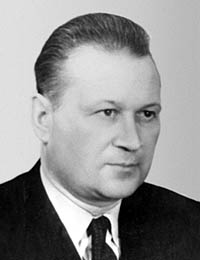 Vladimir Nikolayevich Chelomei head of OKB-52
Vladimir Nikolayevich Chelomei head of OKB-52
Do to the failure of Zond 17 and the delay in Salut program, Minister of MoM, Sergey Alexandrovich Afanasysev called for Meeting of OKB Directors for solutions.
The Meeting started bad, Chelomei declare that the Luna rocket was piece of shit, that was not able to bring more mass to Moon.
Chelomei claimed it was because Khrushchev had put his junior as Head of OKB-1 !
He had the solution: a new modular Rocket of his design: the UR-700, based on his old UR-500, launching a LK-700 Lunar lander direct to Moon !
Afanasysev ask Chelomei if he had become completely mad, to scrap the working Nositjel rocket Family and waste billions of Rubles on this "toxic bandwagon" ?
Valentin Gluchko supported Chelomei's proposal, because it needed his RD-270 and other yet to be developed engines.
His explication about the unnecessary of Hydrogen oxygen rocket engine were criticize by Mishin "What are the Americans using on their Saturn V! Vodka ?“
And Kuznetsov presented Gluchko a bad surprise, OKB-276 had successful modified a NK-15 to burn Liquid Hydrogen.
Sergei Khrushchev's angrily noticed that the successor of L3 complex, the L3M will ready to fly in 1976, so there is no need to waste money to put Chelomei's LK-700 on N1 rocket.
This led to Vladimir Chelomei outbursting with obscene words about OKB-1's works and about Khrushchev family favoritism.
Khrushchev replied
Chelomei reaction was to grab a ashtray and try trow it toward Khrushchev, but was hinder by Yefermov and Gluchko.
For minister Afanasysev this was enough and in the Russian tradition to blame some unpopular one for the mess, Chelomei was now the perfect victim.
He was dismissed as head of OKB-52 and sent to the Ukrainian Academy of Science as a teacher for rocket engineers
Gerbert Aleksandrovich Yefermov became the new head of OKB-52 that become a branch of OKB-1.
Gluchko was lucky because the Military needed him for new generation of ICBMs that had to replace the Old R-16. His expertise in engines with storable fuel was needed.
But the Military did not want the RD-270 engine, so the R&D on that was terminated immediately, while MoM cut down funding on OKB-456's very expensive R&D engines program.
OKB-52 scheduled the first Salyut to be launch on April 1973.
[1] See the International successfully 1990 Soviet TV soap opera "Intrigues of Starcity“ about Soviet Space program and Moon Race
[2] MoM = Ministry of General Machine Building aka Ministry of Space of the USSR
[3] VSALT = Volunteer Strategic Arms Limitation Treaty between USA and USSR in 1963, do to the aftermath of the French and Berlin Crisis' of 1961.
OKB = the Russian initials of "Опытное конструкторское бюро" - Opytnoye Konstruktorskoye Buro, meaning Experimental Design Bureau.
Zond 18
Was a repeat of Zond 17 "The Empty handed Mission“, the malicious-joy of the World Press.
This time with a veteran cosmonaut to land near Lunokhod 9.
Alexey Arkhipovich Leonov was the Pilot of LK lander, while Valeri Niklayevich Kubasov photographed the Lunar Surface from LOK.
On 6 November 1972 the Luna Rocket blasted off to bring the crew to the Moon
On 12 November, landed the LK north of Mare Fecunditatis, expected by Lunokhod 9 and it sample container.
The Moon rover had crossed the Highlands from it landing site north of Ameghino to Smithson crater in the last two months.
On the first EVA Leonov recovered the Container from the moon rover, then deployed the DALS package near the LK
The second EVA was a short trip to Smithson crater with Lunokhod 9.
After a short 5 hour mission, the LK return to Lunar orbit and docked with the LOK, where Leonov made excellent EVA back to LOK.
72 hours later the crew capsule landed in the Soviet Union.
The Result of Zond 18 and Lunokhod 9 was a surprise
The Highland samples show differences from the Apollo 16 results. Rover sample were 50% anorthosite (feldspar) instead of the basalt with 1% anorthosite found in Descartes Highlands
This pinpointed the Highland creation around 4200 million years ago, while the Mare Fecunditatis originated around 3850 million years ago.
MARS 3 & 4
The next disaster for MoM came in November 1972 with Mars probe 1971 A/B
The Investigation board pinpoint the Failure on two things: first, bad weather on Mars, which had the worst global sandstorm ever see by astronomers.
And second the fully automatic mission sequence of the Mars probes, unable to be changed by ground control.
They dropped their landing probes before orbital injection and the two probe perish during landing attempt through the dust storm.
Then they started the orbiter automatically to photograph the surface and transmitt their picture to ground control until the end of there mission.
What soviet Scientist saw was blurry pictures of dust wrapped Mars, where only the top 4 biggest volcano looked out.
In contrast, the NASA Mariner 8 mission was more flexibly controlled from the ground, it just hibernated until storm ended and start to photograph the surface and transmit pictures.
The Investigation board's recommendation was to abandon the fully automatic mission sequence and for more flexible ground control operation in the style of the Americans.
The Soviets had more successes with exploring the planet Venus as Venera 8 successfully landed on Venus for the second time (following the successful Venera 7 landing on December 15, 1970) and transmitting surface data.
Rest of World
China
One of the biggest surprises was their first manned space flight, only 3 years after first Satellite Dong Fang Hong 1 (Red East One).
But looking in detail it was not so surprising at all, the spacecraft was merely a modified Warhead Reentry Vehicle, with the nuclear warhead replaced by Man with Live support and a landing system!
That explained the short time that Directive 690 Hòng Xing (Red Star) needed until it's success.
On October 18 1972 a Dong Feng 5 ICBM brought Hóng Xing 1 with Dong Xiao Hai on board, the first "Hang tian yuan" (space navigating personnel)
After one orbit he landed safe in south China, becoming a national hero of the People Republic of China.
USA
In October, the Washington Post published an article by Bob Woodward and Carl Berstein, revealing that Vice President Spiro Agnew was accepting bribes as Gouverneur of Maryland!
On October 10, Spiro Agnew resigned from office, despite his claims to be not guilty and that it was merely "unreported Income“.
Do to the 25th Amendment the House Minority Leader had the option to become new Vice President,
President Nixon sought advice from senior Congressional leaders about a replacement, The advice was unanimous: the House Minority Leader, the republican Gerald Ford.
Ford was confirmed as Vice President by Capitol hill ( Senate 92 vs 3 and Congress 387 vs 35 votes)
Gerald Ford took over the Legacy of Agnew, the Odyssey Program and keep it running, so this remained the only scandal in Nixon administration.
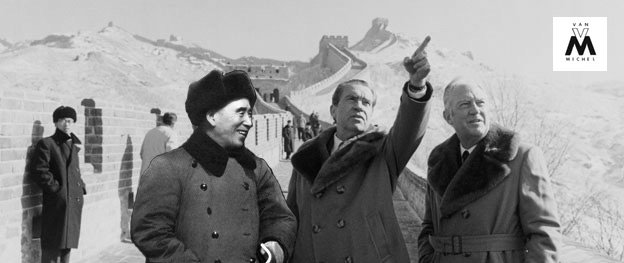
In December Richard Nixon made his historic visit to China.
A diplomatic success for Nixon defuseing the "Chinese Nightmare“ situation between the two Nations.
The Chinese Forces redrew from position at North Vietnam border. Which led to Pro Nationalist forces dealing with the Pro China Fraction in the North Vietnamese Communist party.
In 1973 the North Vietnamese power struggle was finally won by the Pro Nationalists, 60 day later after the Peace Agreement ist signed in Paris. The last US advisor left South Vietnam
Henry Kissinger estimated how long South Vietnam would survive his answer: Around two, three years, not more…
Cambodia
The biggest loser of this conflict was the Maoist Khmer Rouge in Cambodia.
After they lost their allied China in 1967, then North Vietnam in 1968, there were attacks by those Pro Nationalist forces, then by Pro China Fractions, the South Vietnamese Army, Laos Military and United States Forces
As there leader "Brother number 1“ was killed during attacks in 1972, the remaining Khmer Rouge fled to Thailand, were the Organisation was no more than group of Bandits hunted down over the years by Thailand's military.
Intrigue and Failure
It’s a public secret in the USSR, that their Spaceflight program was dominated by intrigues of Shakespearian proportions [1]
Like how Valentin petrovich Gluchko and Vladimir Nikolayeich Chelomei refused to co-operate on the Nositjel rocket Family and the L3-complex.
Thankfully Mikhall Kuzmich Yangel, was a stabilizing factor in the mess, He managed to get others OKBs in the collaborative effort into Lunar program.
Not only did his OKB-586 build the successful R-16 ICBM but also the LK moon lander
The Military customers had following saying:
[sergei] Khrushchev works for TASS, Chelomei works on crap, Yangel work for us !
Sadly Mikhall Kuzmich Yangel died during his 60th Birthday on October 25 1971.
Since his death the cracks in loyalty towards MoM[2] now showed clearly.
On one side was Sergei Khrushchev OKB-1 and Kuznetsov OKB-276 with Vladimir Barmin of KBOM and Georgy Babakin of OKB-301.
Opposed was Valentin Gluchko of OKB-456 and Vladimir Chelomei of OKB-52.
Next to them was Vladimir Fedorovich Utkin, successor of Yangel at OKB-586 and their allies in the Military under Chairman Ustinov.
Gluchko's fame was falling, he lost the lucrative R-7 engines contract, do to it's replacement by the Nositjel rocket Family with Kuznetsov engines.
He built only main engines for OKB-586, RCS trusters and small engines for rockets and spacecrafts of OKB-1.
Next to that he had high R&D costs on rocket engines working with storable fuel combinations, one was the RD-270 a monster engine in the size of american F-1.
MoM showed interest in this engine, if it worked on Kerosine/Oxygen, but Gluchko stubbornly refused demanding that Luna Block A had to be change to UMDH/NTO propellant !
And for Chelomei it was worst, his UR-500 rocket was canceled in favor of the N2 Proton in the beginning of the 1960s
His ICBM proposals were victim of the VSALT[3] agreement under Nikita Khrushchev.
Since then his OKB-52 made only hardware, satellite and guidance systems for other OKB’s, while his proposals were ignored by MoM and the Military.
That was not a surprise because of his arrogant ways, behavior with officials and talking shit about his colleagues.
Also his demands were bold, instead of trying to cooperate with OKB-1 to launch his hardware, Chelomei demand from MoM or Military the complete package: the spacecraft on a new rocket built by him with the needed launch infrastucture.

Do to the failure of Zond 17 and the delay in Salut program, Minister of MoM, Sergey Alexandrovich Afanasysev called for Meeting of OKB Directors for solutions.
The Meeting started bad, Chelomei declare that the Luna rocket was piece of shit, that was not able to bring more mass to Moon.
Chelomei claimed it was because Khrushchev had put his junior as Head of OKB-1 !
He had the solution: a new modular Rocket of his design: the UR-700, based on his old UR-500, launching a LK-700 Lunar lander direct to Moon !
Afanasysev ask Chelomei if he had become completely mad, to scrap the working Nositjel rocket Family and waste billions of Rubles on this "toxic bandwagon" ?
Valentin Gluchko supported Chelomei's proposal, because it needed his RD-270 and other yet to be developed engines.
His explication about the unnecessary of Hydrogen oxygen rocket engine were criticize by Mishin "What are the Americans using on their Saturn V! Vodka ?“
And Kuznetsov presented Gluchko a bad surprise, OKB-276 had successful modified a NK-15 to burn Liquid Hydrogen.
Sergei Khrushchev's angrily noticed that the successor of L3 complex, the L3M will ready to fly in 1976, so there is no need to waste money to put Chelomei's LK-700 on N1 rocket.
This led to Vladimir Chelomei outbursting with obscene words about OKB-1's works and about Khrushchev family favoritism.
Khrushchev replied
"We have put soviet men first on the Moon, what have you achieved during that time? NOTHING !"
Chelomei reaction was to grab a ashtray and try trow it toward Khrushchev, but was hinder by Yefermov and Gluchko.
For minister Afanasysev this was enough and in the Russian tradition to blame some unpopular one for the mess, Chelomei was now the perfect victim.
He was dismissed as head of OKB-52 and sent to the Ukrainian Academy of Science as a teacher for rocket engineers
Gerbert Aleksandrovich Yefermov became the new head of OKB-52 that become a branch of OKB-1.
Gluchko was lucky because the Military needed him for new generation of ICBMs that had to replace the Old R-16. His expertise in engines with storable fuel was needed.
But the Military did not want the RD-270 engine, so the R&D on that was terminated immediately, while MoM cut down funding on OKB-456's very expensive R&D engines program.
OKB-52 scheduled the first Salyut to be launch on April 1973.
[1] See the International successfully 1990 Soviet TV soap opera "Intrigues of Starcity“ about Soviet Space program and Moon Race
[2] MoM = Ministry of General Machine Building aka Ministry of Space of the USSR
[3] VSALT = Volunteer Strategic Arms Limitation Treaty between USA and USSR in 1963, do to the aftermath of the French and Berlin Crisis' of 1961.
OKB = the Russian initials of "Опытное конструкторское бюро" - Opytnoye Konstruktorskoye Buro, meaning Experimental Design Bureau.
Zond 18
Was a repeat of Zond 17 "The Empty handed Mission“, the malicious-joy of the World Press.
This time with a veteran cosmonaut to land near Lunokhod 9.
Alexey Arkhipovich Leonov was the Pilot of LK lander, while Valeri Niklayevich Kubasov photographed the Lunar Surface from LOK.
On 6 November 1972 the Luna Rocket blasted off to bring the crew to the Moon
On 12 November, landed the LK north of Mare Fecunditatis, expected by Lunokhod 9 and it sample container.
The Moon rover had crossed the Highlands from it landing site north of Ameghino to Smithson crater in the last two months.
On the first EVA Leonov recovered the Container from the moon rover, then deployed the DALS package near the LK
The second EVA was a short trip to Smithson crater with Lunokhod 9.
After a short 5 hour mission, the LK return to Lunar orbit and docked with the LOK, where Leonov made excellent EVA back to LOK.
72 hours later the crew capsule landed in the Soviet Union.
The Result of Zond 18 and Lunokhod 9 was a surprise
The Highland samples show differences from the Apollo 16 results. Rover sample were 50% anorthosite (feldspar) instead of the basalt with 1% anorthosite found in Descartes Highlands
This pinpointed the Highland creation around 4200 million years ago, while the Mare Fecunditatis originated around 3850 million years ago.
MARS 3 & 4
The next disaster for MoM came in November 1972 with Mars probe 1971 A/B
The Investigation board pinpoint the Failure on two things: first, bad weather on Mars, which had the worst global sandstorm ever see by astronomers.
And second the fully automatic mission sequence of the Mars probes, unable to be changed by ground control.
They dropped their landing probes before orbital injection and the two probe perish during landing attempt through the dust storm.
Then they started the orbiter automatically to photograph the surface and transmitt their picture to ground control until the end of there mission.
What soviet Scientist saw was blurry pictures of dust wrapped Mars, where only the top 4 biggest volcano looked out.
In contrast, the NASA Mariner 8 mission was more flexibly controlled from the ground, it just hibernated until storm ended and start to photograph the surface and transmit pictures.
The Investigation board's recommendation was to abandon the fully automatic mission sequence and for more flexible ground control operation in the style of the Americans.
The Soviets had more successes with exploring the planet Venus as Venera 8 successfully landed on Venus for the second time (following the successful Venera 7 landing on December 15, 1970) and transmitting surface data.
Rest of World
China
One of the biggest surprises was their first manned space flight, only 3 years after first Satellite Dong Fang Hong 1 (Red East One).
But looking in detail it was not so surprising at all, the spacecraft was merely a modified Warhead Reentry Vehicle, with the nuclear warhead replaced by Man with Live support and a landing system!
That explained the short time that Directive 690 Hòng Xing (Red Star) needed until it's success.
On October 18 1972 a Dong Feng 5 ICBM brought Hóng Xing 1 with Dong Xiao Hai on board, the first "Hang tian yuan" (space navigating personnel)
After one orbit he landed safe in south China, becoming a national hero of the People Republic of China.
USA
In October, the Washington Post published an article by Bob Woodward and Carl Berstein, revealing that Vice President Spiro Agnew was accepting bribes as Gouverneur of Maryland!
On October 10, Spiro Agnew resigned from office, despite his claims to be not guilty and that it was merely "unreported Income“.
Do to the 25th Amendment the House Minority Leader had the option to become new Vice President,
President Nixon sought advice from senior Congressional leaders about a replacement, The advice was unanimous: the House Minority Leader, the republican Gerald Ford.
Ford was confirmed as Vice President by Capitol hill ( Senate 92 vs 3 and Congress 387 vs 35 votes)
Gerald Ford took over the Legacy of Agnew, the Odyssey Program and keep it running, so this remained the only scandal in Nixon administration.

In December Richard Nixon made his historic visit to China.
A diplomatic success for Nixon defuseing the "Chinese Nightmare“ situation between the two Nations.
The Chinese Forces redrew from position at North Vietnam border. Which led to Pro Nationalist forces dealing with the Pro China Fraction in the North Vietnamese Communist party.
In 1973 the North Vietnamese power struggle was finally won by the Pro Nationalists, 60 day later after the Peace Agreement ist signed in Paris. The last US advisor left South Vietnam
Henry Kissinger estimated how long South Vietnam would survive his answer: Around two, three years, not more…
Cambodia
The biggest loser of this conflict was the Maoist Khmer Rouge in Cambodia.
After they lost their allied China in 1967, then North Vietnam in 1968, there were attacks by those Pro Nationalist forces, then by Pro China Fractions, the South Vietnamese Army, Laos Military and United States Forces
As there leader "Brother number 1“ was killed during attacks in 1972, the remaining Khmer Rouge fled to Thailand, were the Organisation was no more than group of Bandits hunted down over the years by Thailand's military.
Last edited:
